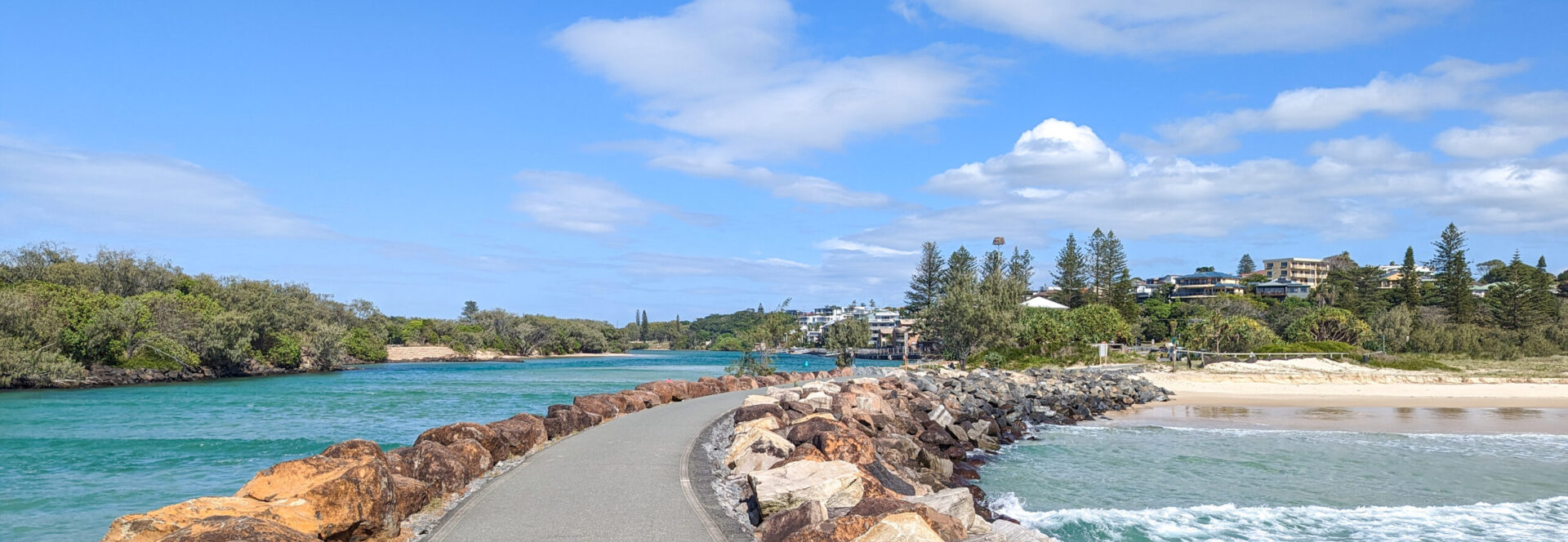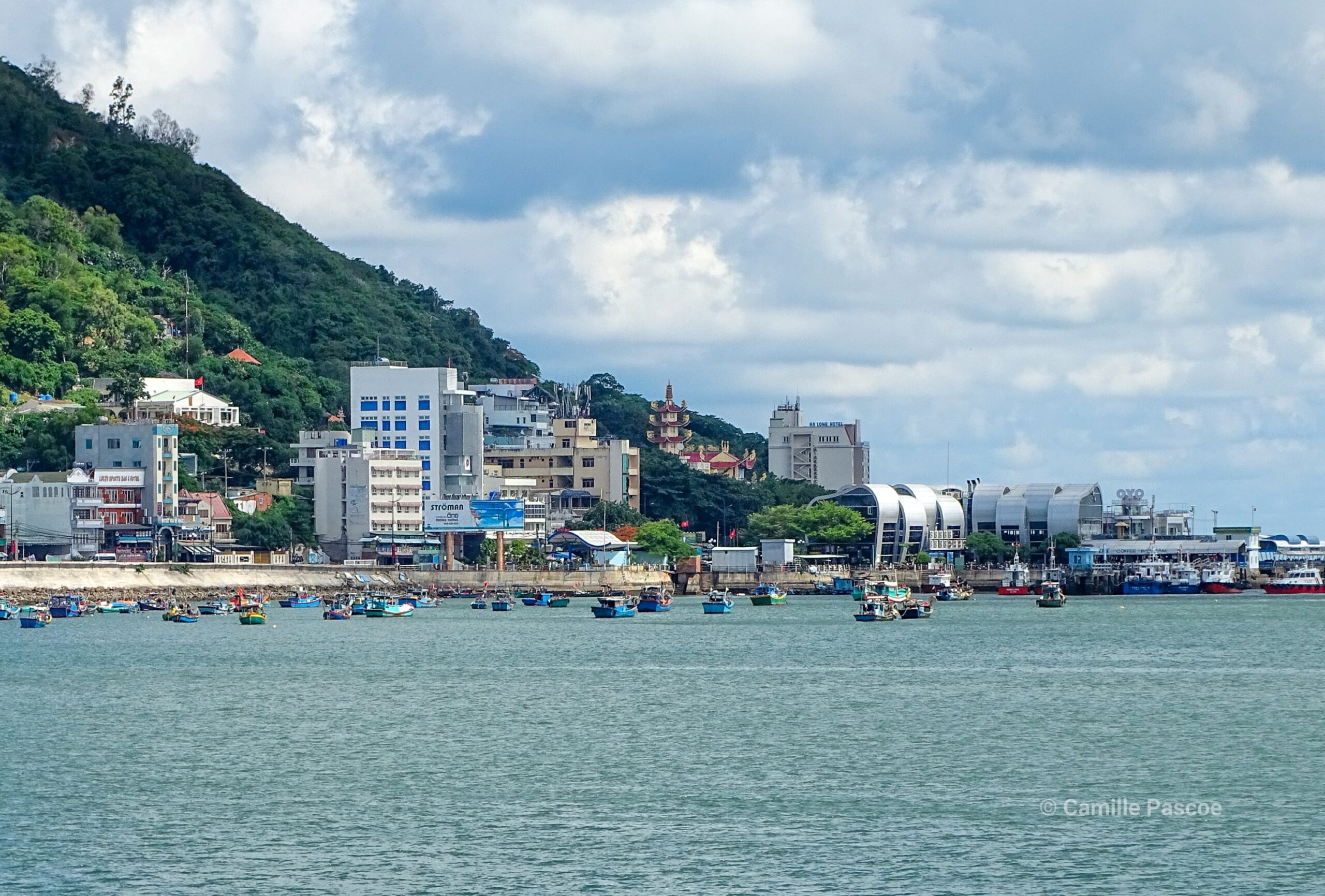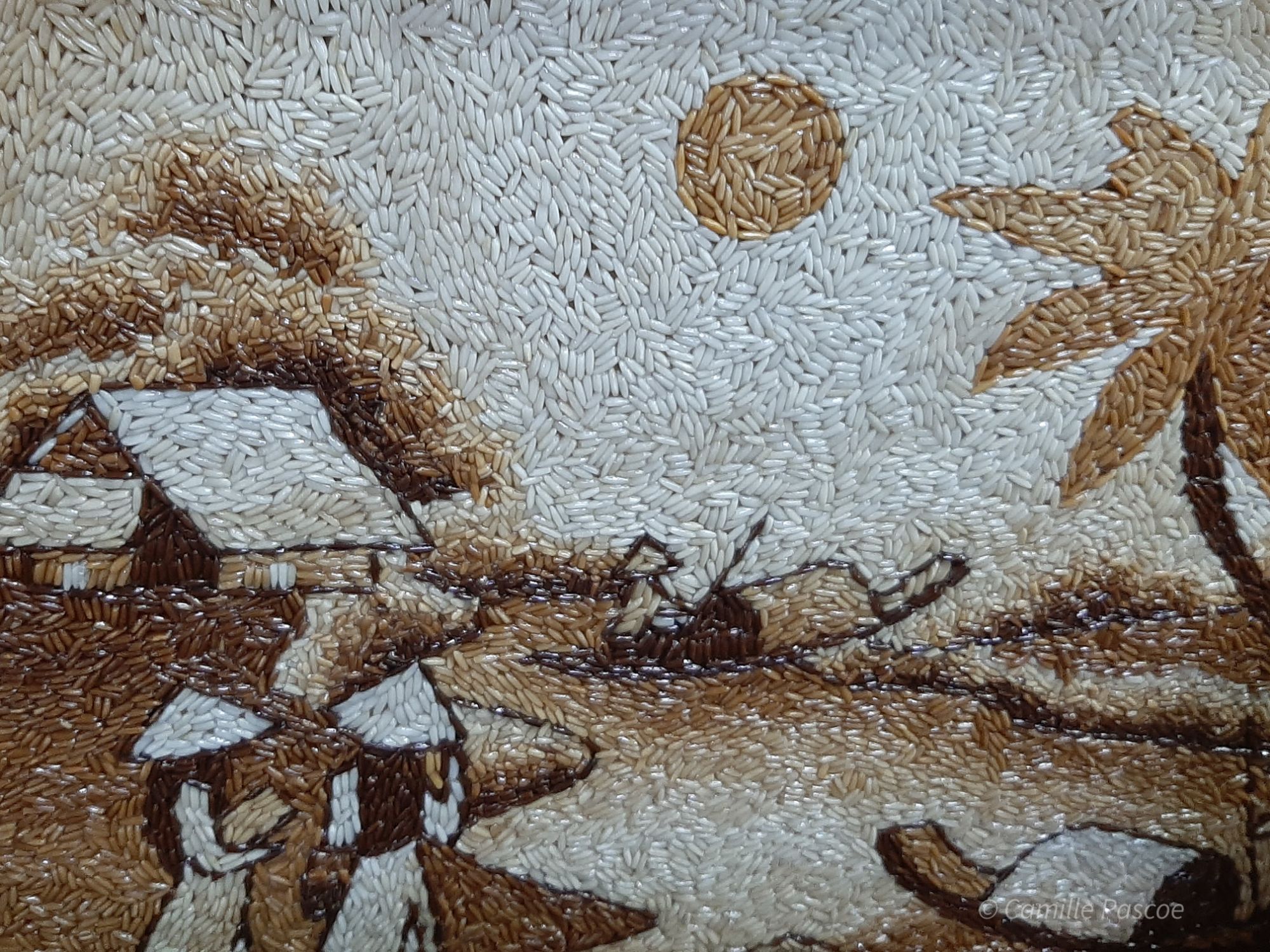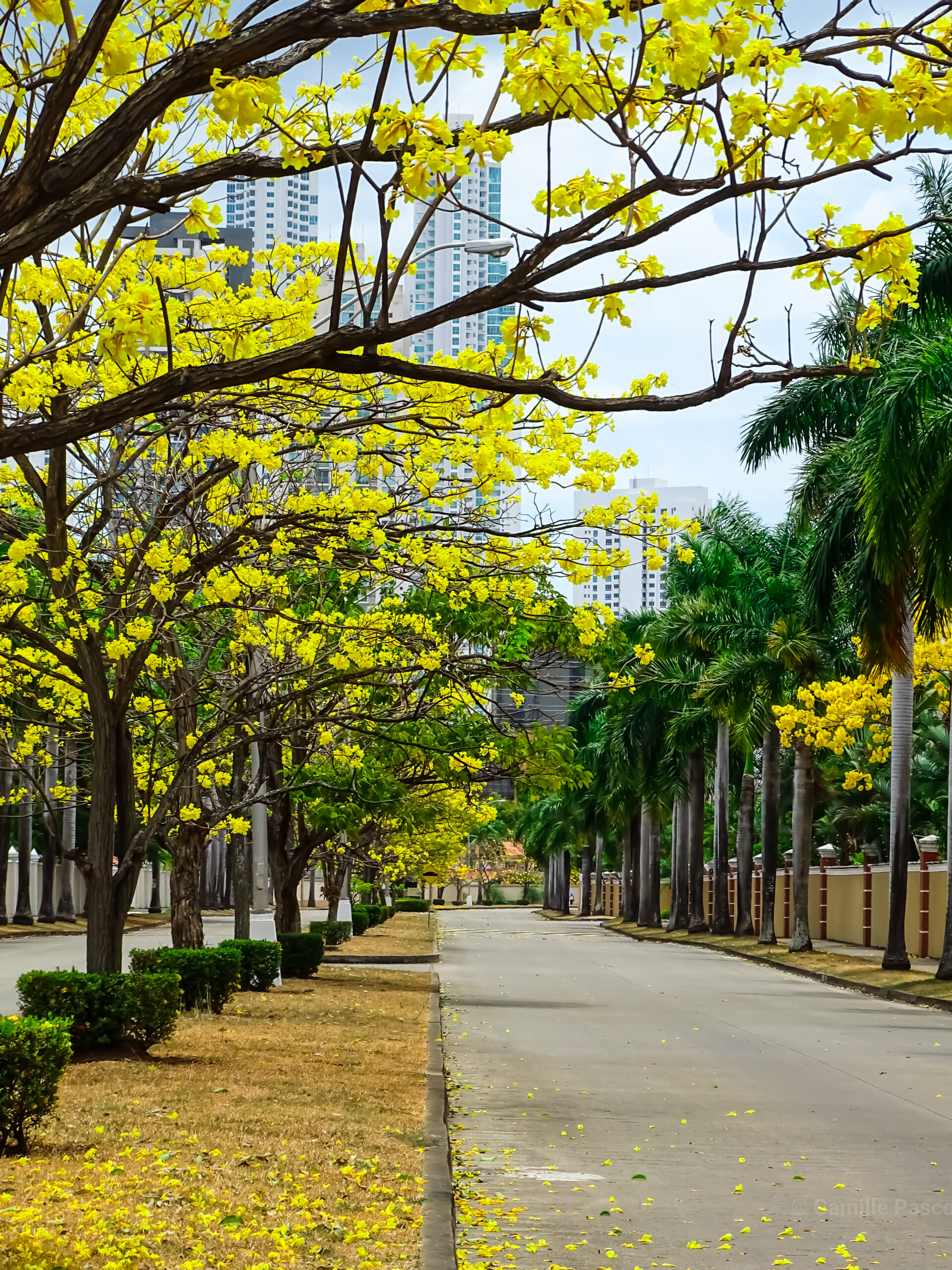Meet the Harlequin Bug, a striking insect adorned in a stunning ensemble of black, red, orange and white hues, reminiscent of a harlequin clown’s costume. These tiny creatures, measuring about 10 to 14 mm in length, belong to the stink bug family and are known for their colorful presence in the garden.

Found predominantly in the Americas, our photos were captured in an Aussie garden. Harlequin Bugs are both captivating and troublesome, as they feed on the sap of plants, particularly those of the cabbage family. Their piercing mouthparts can cause damage to crops, leading to wilted leaves and deformed plant tissues.
Throughout their life cycle, Harlequin Bugs undergo incomplete metamorphosis, progressing from egg to nymph to adult without a pupal stage. Their eggs are often laid in clusters on plant stems, and the young nymphs molt several times before reaching maturity.
When threatened, these bugs unleash a pungent odor from scent glands as a defense mechanism, deterring potential predators with their noxious scent.

While their appearance may be enchanting, it’s important to manage Harlequin Bug populations to protect crops and ornamental plants. Control methods may include physical removal, insecticidal soaps or encouraging natural predators to help keep these colorful critters in check.
So next time you spot a Harlequin Bug aka Stink Bug in your garden, admire its beauty from a distance and remember they are pretty stinky.





